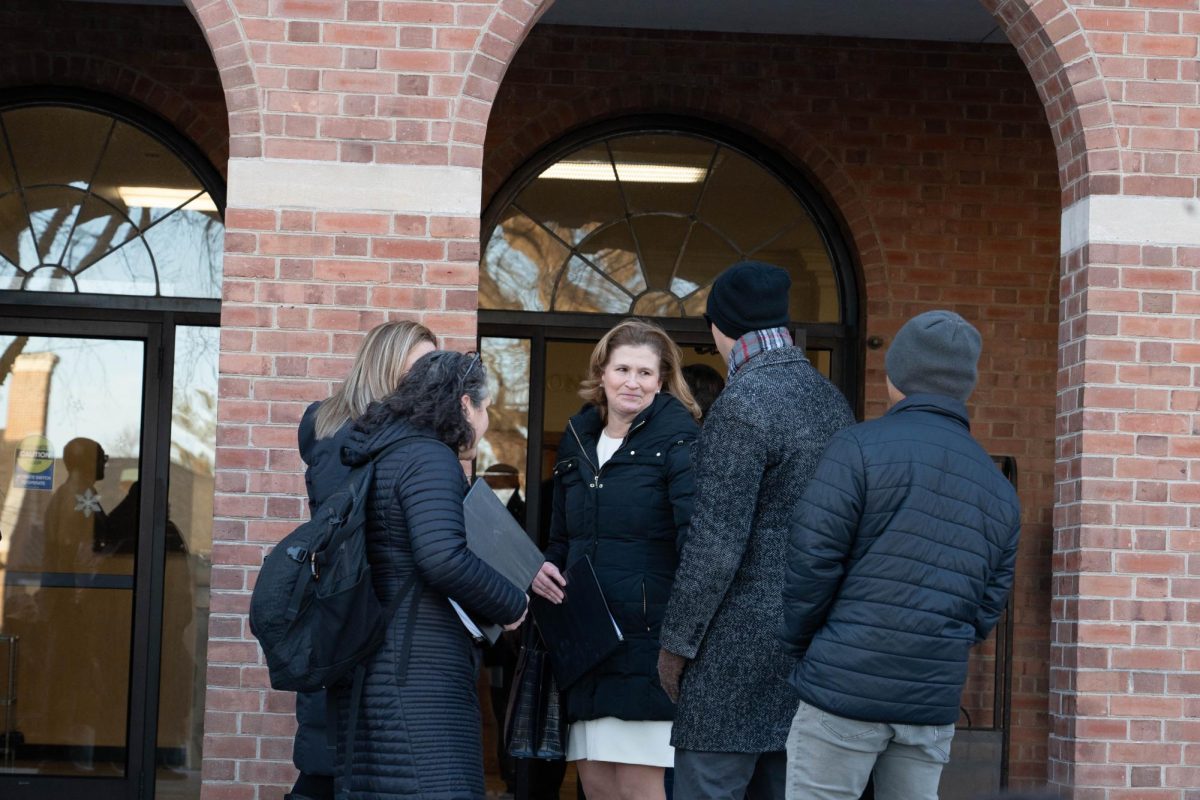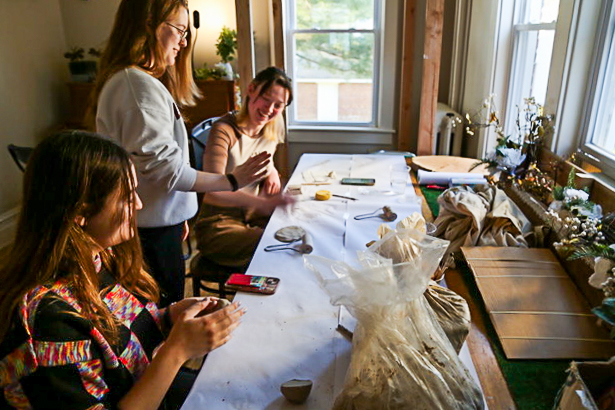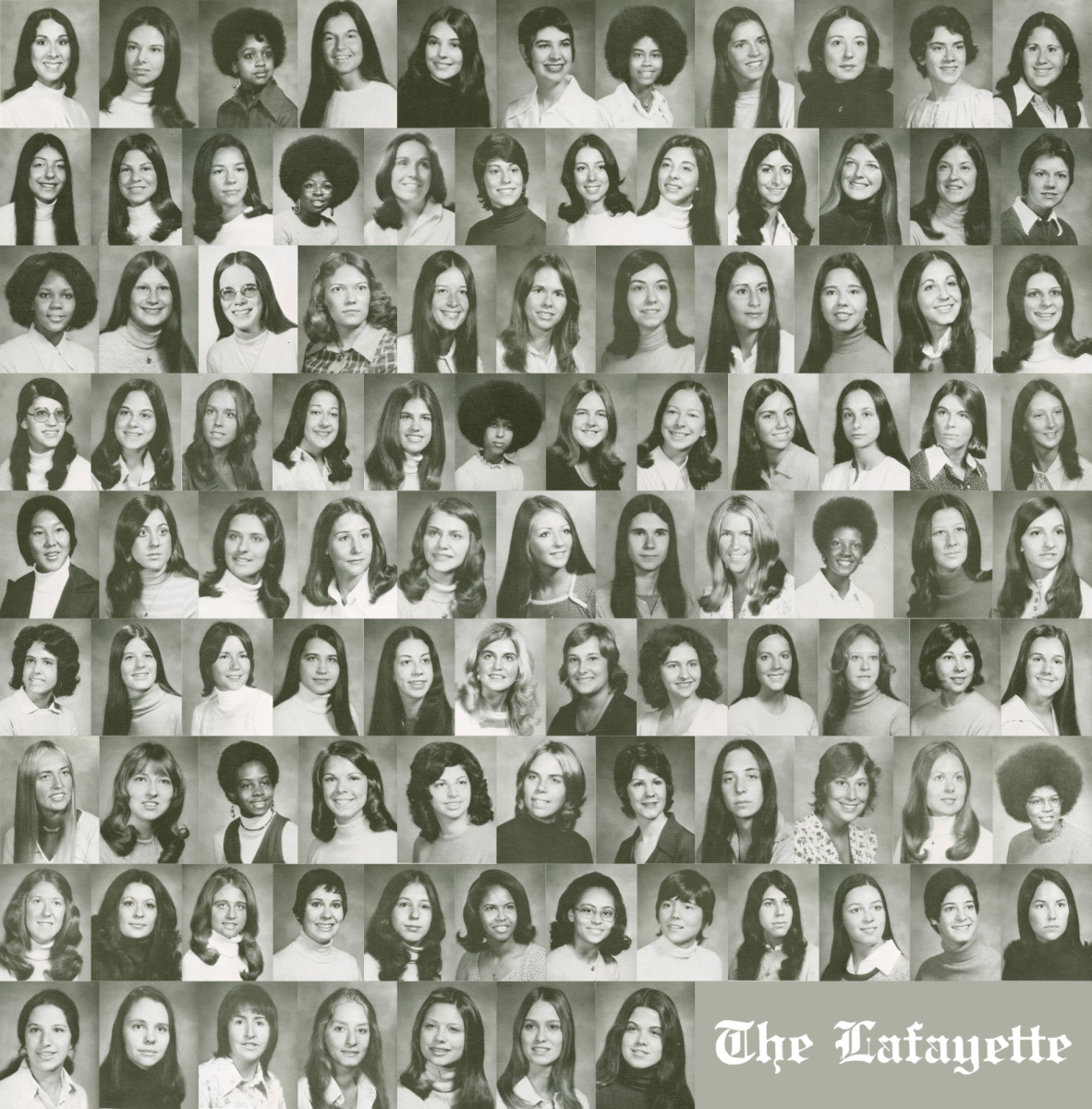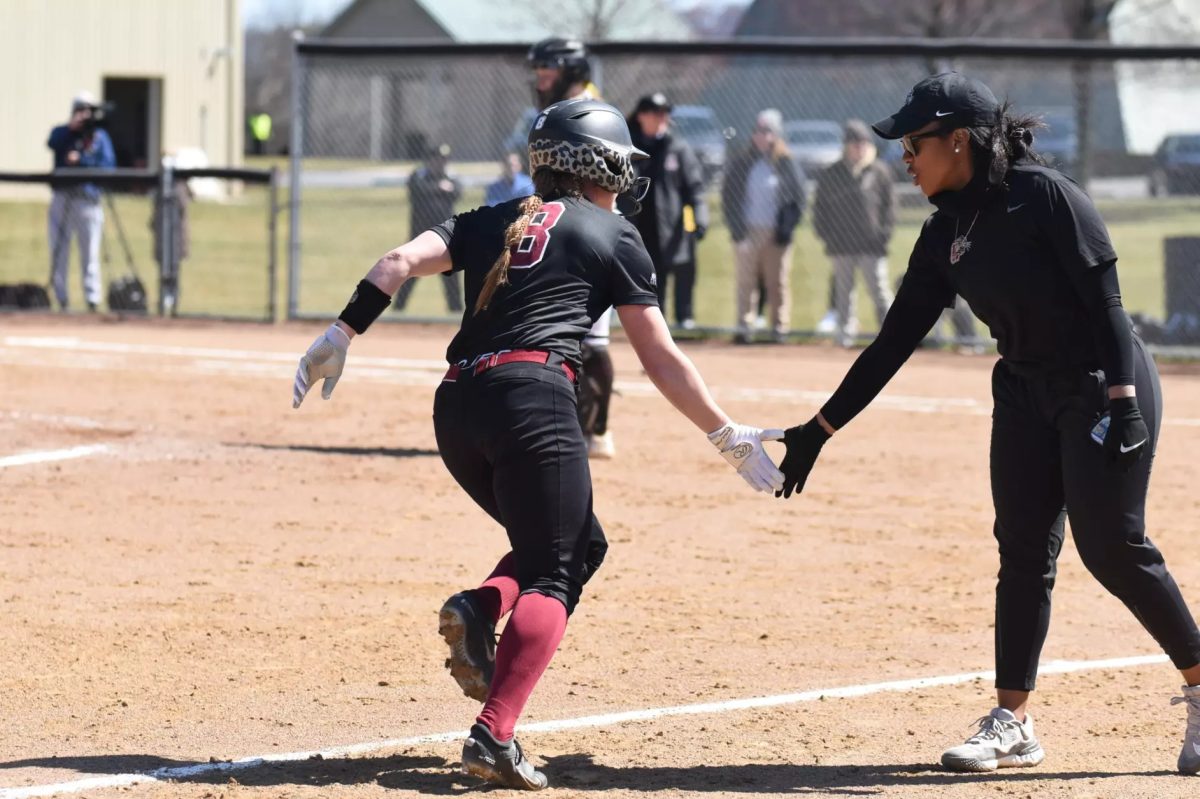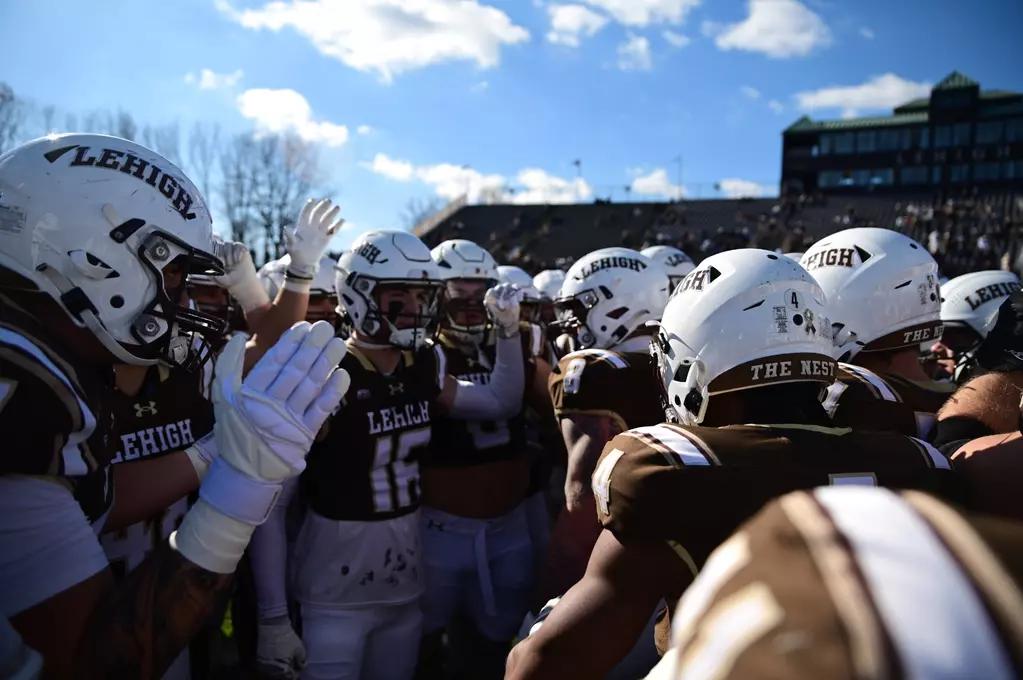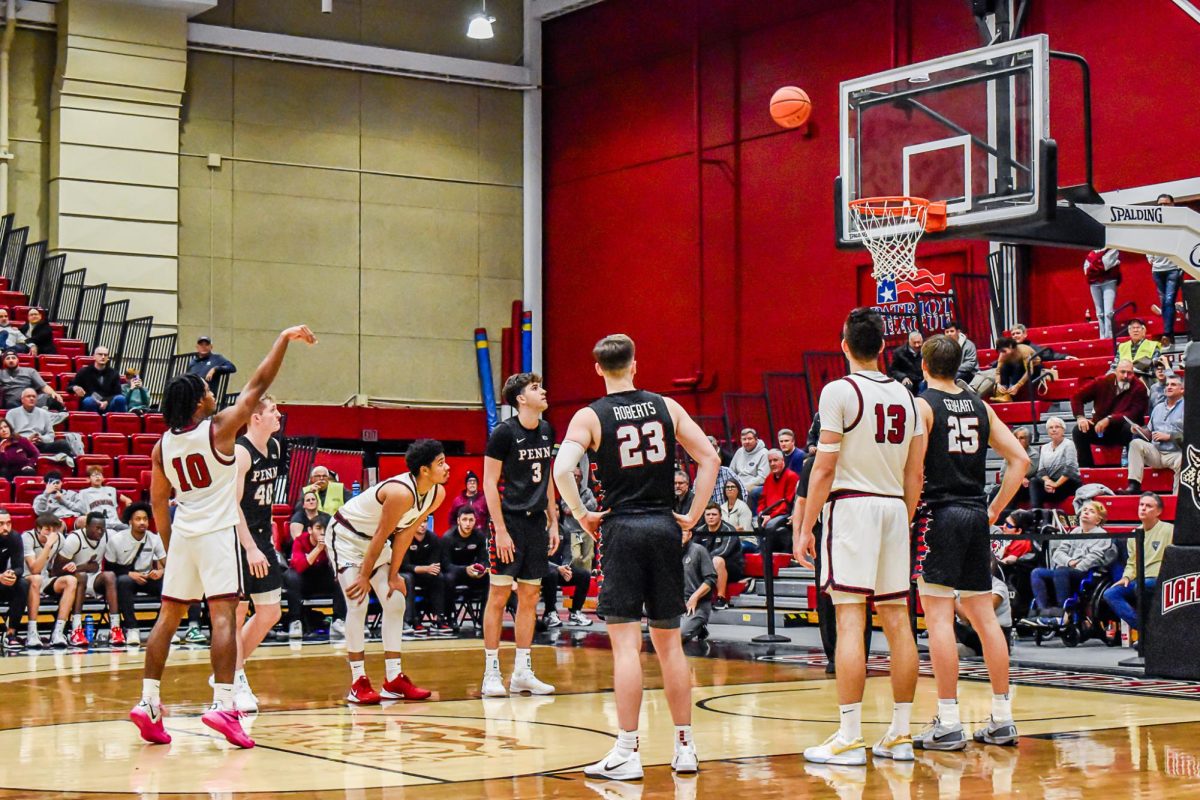A few weeks ago in “Love Letters from Ana: the F-Bomb” I raised the question: what does a feminist look like? If we are talking about feminists on this campus, most of us would picture an unaffiliated female part of the Association for Lafayette Feminists. Is it possible to imagine a male feminist at this campus? What does he look like? Is he on a sports team or in a fraternity?
In September of 2014, Emma Watson launched UN Women’s HeForShe campaign—an initiative aimed to start a conversation on gender equality that incorporates the male population, rather than exclude them. With International Women’s Day being this past Sunday, Emma Watson teamed up with Facebook and released a livestream conversation about HeForShe.
Watson claims that gender inequality is damaging to both men and women as it sets up impossible expectations about masculinity. “I think it starts young. I think it starts really young. With girls and boys being told what they have to be. And I think it can be really damaging,” she said in her talk.
Drawing from the points she made in her UN Speech, with men being expected to be aggressive, while women submissive—men strong and women sensitive, Watson sees an enormous amount of pressure being put on the men in society, too. They are taught to conform to a patriarchal structure.
In Allan G. Johnson’s essay, “The Gender Knot: What Drives Patriarchy?” Johnson argues that what drives a patriarchal society is the relationship for men between control and fear. To Johnson, the definition of masculinity is “a real man is in control or at least gives the impression of being in control…in order to control something, we [men] have to see it as separate ‘other,’” Johnson writes.
Men who do not appear to be in control of their emotions or their significant other, are ridiculed as “whipped” or “henpecked.”
Watson spoke about her brothers feeling uncomfortable in their own expected role as heterosexual men. In fact, one of her brothers said to her, “…I just can’t be around the way some of my guy friends talk about girls. I’m not sure they even know what they mean when they’re saying it. They’re imitating this thing they have to be…and I feel very restrained by that,’” she described.
I think that the gender conversation is something college men tend to label as a “woman’s conversation” or a “woman’s fight.” It really isn’t. These social conventions that constrain women, also constrain men and foster unnecessary stress. I believe that this stress has an effect on mostly college-aged men—men who are trying to find themselves and decide on a major that they feel will help them be the “provider.” These men are competing with each other for jobs and for women because this is what they are expected to do to be a man. The male ideal must be in control as Johnson says, but also be successful in every aspect of his life.
Watson made a comment in her talk about crying making someone human, not making someone a girl. Men have to begin to acknowledge that there is, in fact, a gender conversation to be had because this is a social issue putting a strain on modern gender relations and burdening men with an superhuman standard to live by.
The HeForShe website allows men to pledge to be a gender advocate, striving to promote male feminists. Are you ready to take the challenge, or in the campaign’s words: “Are you a man who is going to stand up for women’s rights?”
Visit http://www.heforshe.org/ to take the pledge.


